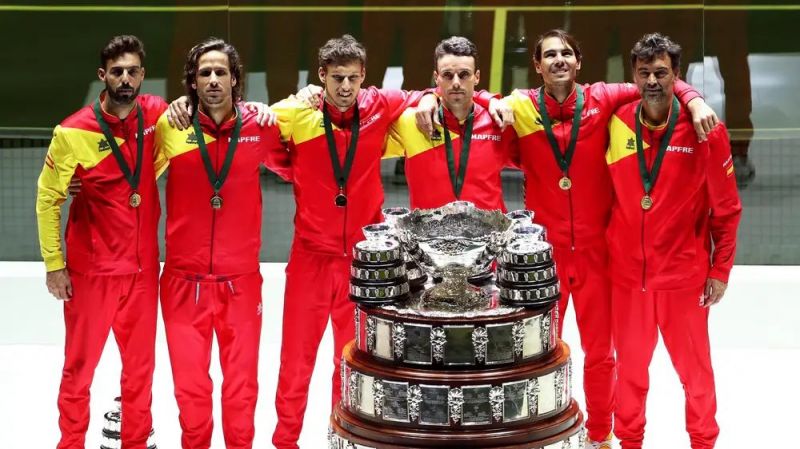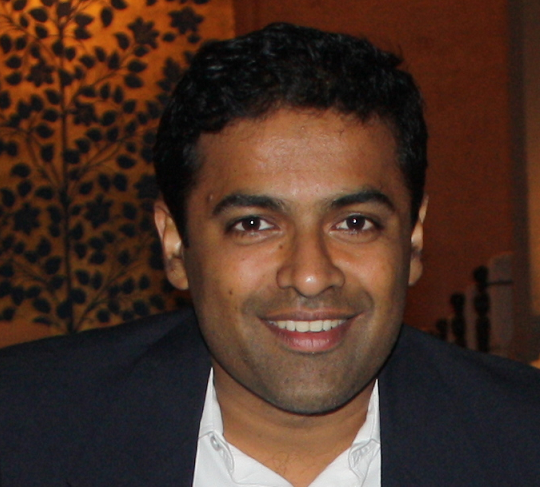The tale of 3 Cups – Davis, Laver, and ATP

Ask a fan of Federer, Nadal, or Djokovic on match statistics of their showdown matches at Wimbledon. You will have an information overload without a doubt. Now ask the same fans about the performances of the same players when they represented their country in a Davis Cup match. The chances are, the enthusiasm drops a fair bit.
In any other sport, like cricket or football, we usually find fan following hits the peak when it’s nation against n. So, what then prevents a global sport like tennis from not hosting a World Cup equivalent?
The revival of team-tennis format
Tennis, one of the most popular individual sports around the globe, has been trying hard lately to create an optimal team-tennis format. International Tennis Federation that runs Davis Cup, an annual tournament where nations around the world play on four different weekends, usually slotted after each of the grand slams. With tectonic shifts in the way modern tennis has evolved and consumed, the Davis Cup started to lose sheen.
The tennis federations went back to the drawing board, spoke to player councils, brainstormed with former players, reviewed the crowded ATP calendar, and gained insights into how media and broadcasters rated team tennis. Unexpectedly, the resultant of all that work has led to 3 different team-tennis competitions, with each fighting for space in the ATP calendar, and more importantly, vying for the same set of players. A dying format now leads to three possible avatars, creating divisive camps of players, sponsors, federations, and fans.
Davis Cup 2.0
International Tennis Federation (ITF) runs Davis Cup and has been doing so since 1900 when it initially began as a challenger event between Great Britain and the United States. In the several decades since inception, Davis Cup added 135 member nations around the globe across three different regional zones – America, Europe/Africa, and Asia/Oceania. The rigour of the ATP circuit in the modern era left almost no room for the fatigued players to also participate in the Davis Cup ties. ATP circuit provides lucrative prize money and ranking points, and this combo seems unmatchable to Davis Cup’s offering of national pride primarily.
Keeping all this in mind, ITF voted to revamp this team-tennis format. Strangely, a former football player Gerard Pique along with Japanese billionaire Hiroshi Mikitani got into the act and promised to make the event an equivalent of a world cup, thereby attracting sponsors and broadcasters. Countries such as Australia, Great Britain, and Germany opposed this idea, but ITF had a 71% majority voting from several other nations to proceed with the 2.0 revamp. Much to the criticism of former legends like Rod Laver, the matches were reduced from 5-sets to 3-sets, and the 18 shortlisted teams had to arrive at a single location for an entire week to complete the whole event.
Breakaway Factions
Back in 2017, when the word got out that Davis Cup is planning to revamp, the Association of Tennis Professionals (ATP) proposed a similar team-tennis tournament. The 29% who voted against the revamped Davis Cup included the members of Tennis Australia, and it certainly was no surprise that they were involved in supporting and hosting this new event. Given that ITF and ATP are two different tennis bodies, the cracks started to emerge, leading to a ‘for each, his own’ event. Chris Kermode, the ATP Director, announced a team-tennis event would embark from January 2020 in tie-up with Tennis Australia. The previously held Hopman Cup, a tune-up event to the Australian Open shut down to make way for ATP Cup.
While ATP Cup positioned itself as rivals of the Davis Cup, Roger Federer had another exciting idea. Although not an ardent fan of golf, Roger betted on a tennis equivalent of the Ryder Cup, a prestigious inter-continental tournament held between the United States and Europe. And given that Europe has been the epicenter for tennis, the format was tweaked to Europe against the Rest of the world. Federer, with his affinity and respect for Rod Laver, named it Laver Cup in tie-up with Tennis Australia. Although the players do not gain any ranking points from this competition, Roger’s management company TEAM8 ensured participants were handsomely paid for their time and effort.
The road ahead
The year 2020 will be the first year when all three competitions will co-exist. Given wafer-thin downtime for players competing in their regular tournaments of the ATP tour, any top player making himself available for all three team-tennis events is a remote possibility. With ITF and ATP not making eye-contact, the chances of consolidation is a distant proposition as well. Herein lies the golden opportunity to create a world cup equivalent if the brains decide to work together. And like any other sport, what resonates best with the fans, players, and sponsors is a massive international world cup event held once in 4 years, not every year!
